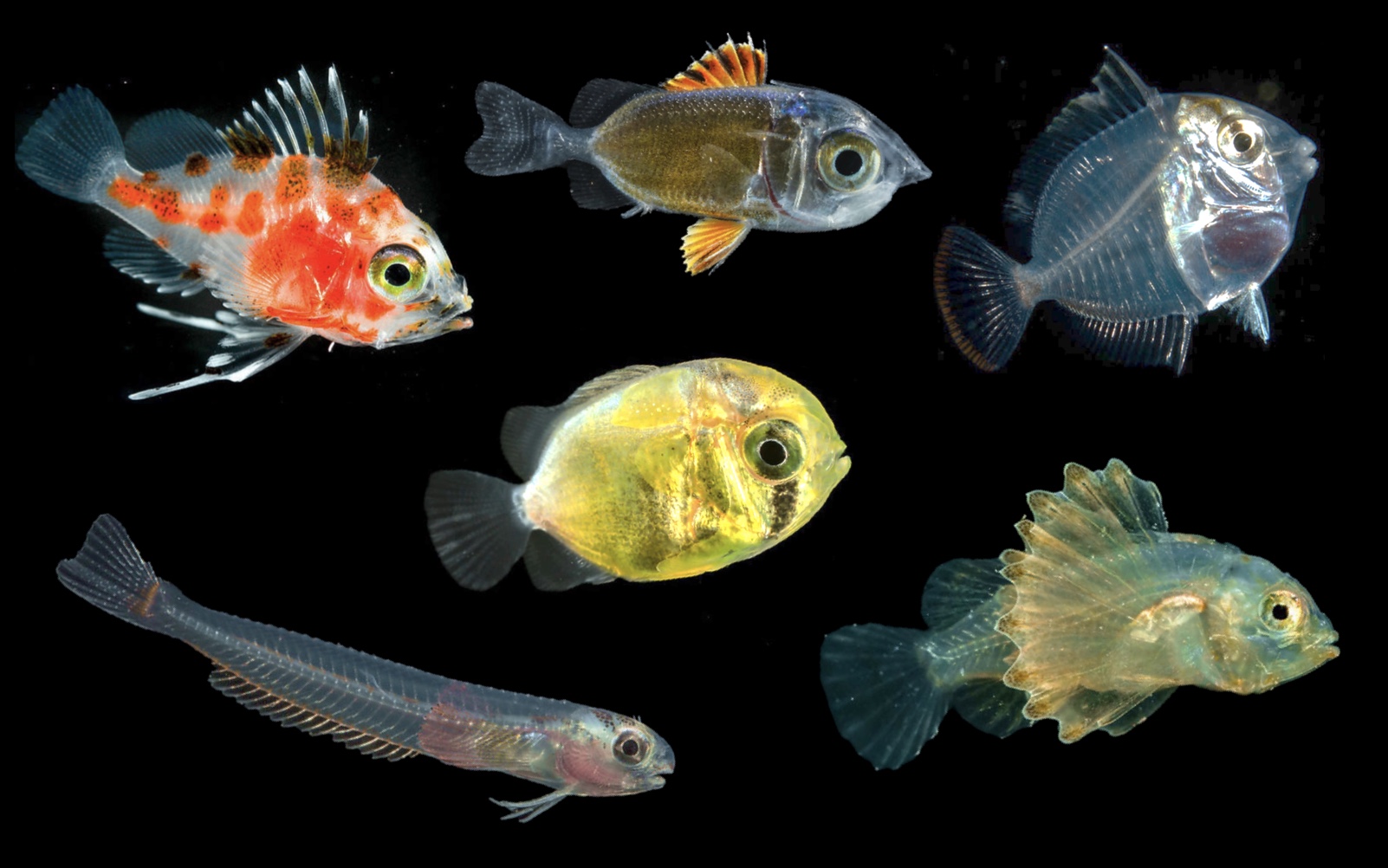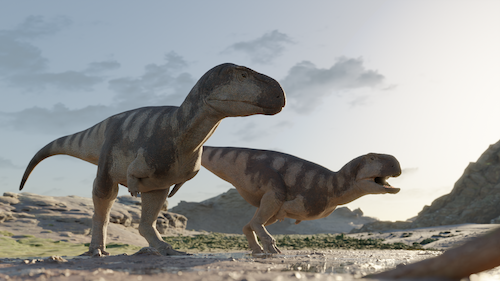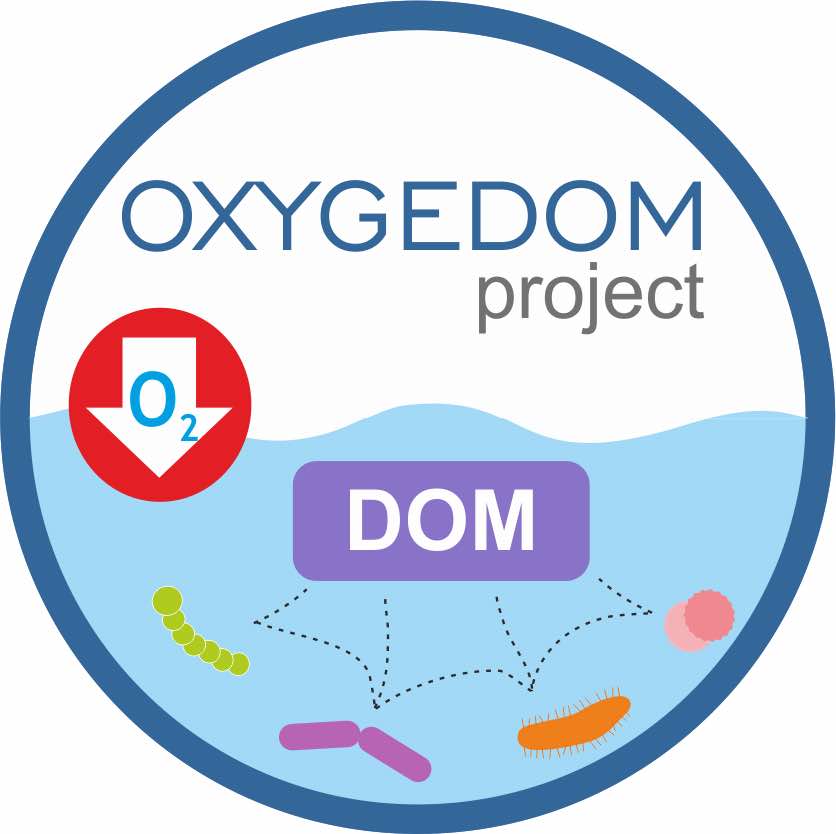The phylum Porifera (sponges) consists of about 8,000 described species, with an estimated species number of more than 15,000. The Sponge Barcoding Project (SBP) aims to cover all sponge taxa, from classes Demospongiae, Hexactinellida, and Calcarea, and ranging in habitat from the marine intertidal to the deep-sea, as well as freshwater. Obtaining DNA-signature sequences from 8,000 taxa will provide a platform from which more extensive sampling can be directed. Recently described type specimens curated in associated museums are barcoded first and supplemented with unequivocally identifiable taxa.
more







